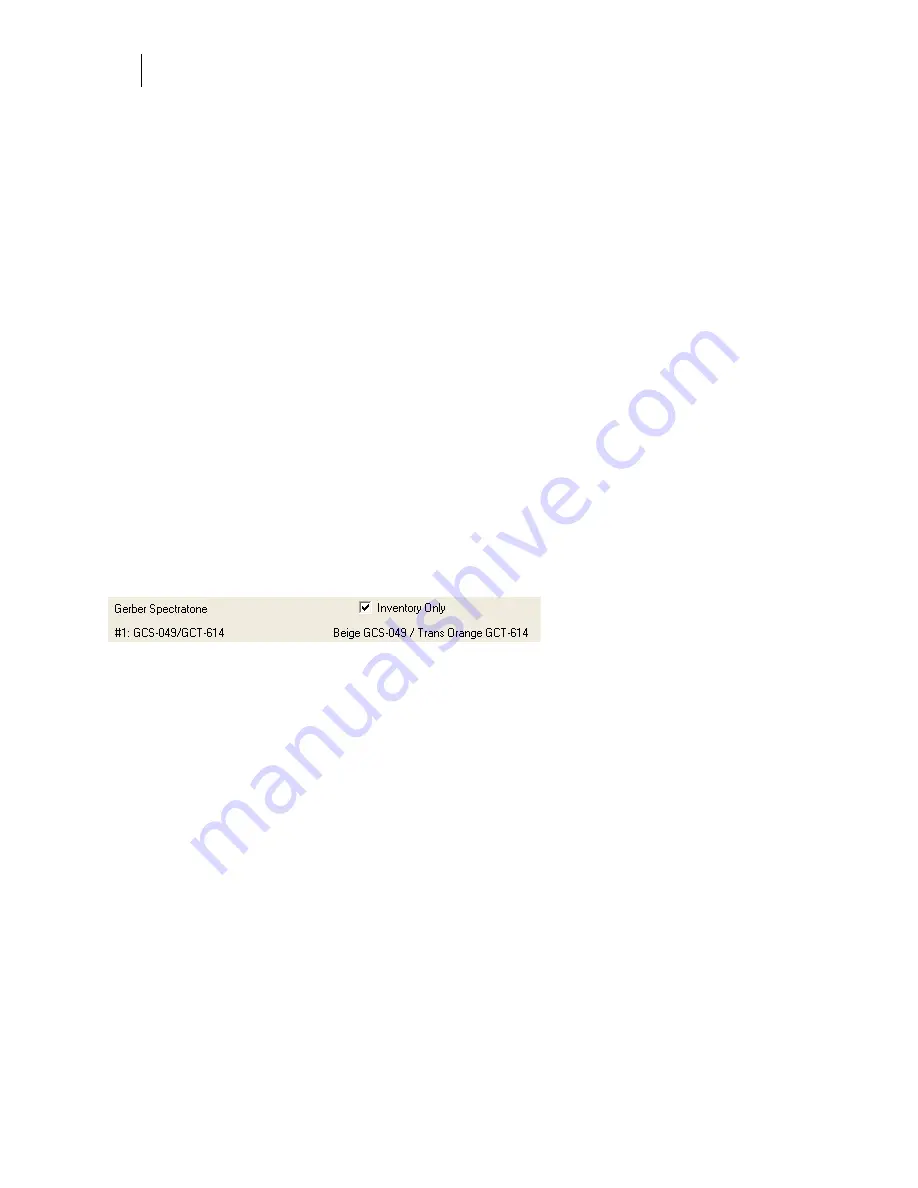
756
Chapter 70:
Using ColorID
Clicking on either arrow in the group box toggles both the Measured (Source) and Select Match
values among the three available numeric definition databases (called
color spaces
)
−
L*a*b*,
L*C*h, or XYZ. These numbers, by themselves, are not important.
What is important is the Delta E value
−
the quantitative difference between the numeric
definition of the source color (the source color from the source palette) and the numeric
definition of the selected matching color. ColorID calculates the Delta E and assumes that the
closest color match to the source color is the smallest Delta E. Frequently it is. However, the
final determination of the best match is the eye of the designer.
In addition:
♦
The Delta E value is based on the L*a*b* color space numeric definition only. If you
toggle to a different color space, such as the L*C*h color space, the Delta E does not
change.
♦
The correct numeric definitions are displayed regardless of the source of the color. For
example, if you are using a colorimeter that measures and defines color as XYZ, the
ColorID program automatically converts these numbers to the correct L*a*b* and
L*C*h color space values.
Finding the color name
Below the Color Data group box is the name of the target palette and the matching color you
selected by clicking on the matching color box. In this example, the matching color is a
Spectratone color.
The first part of the line is the matching color box number (#1 in this example) followed by the
short name (GCS-047/GCS-038). The remainder of the line displays the full name and palette
identification number (if the color is a foil color). In the case of a Spectratone color, which is
created by printing one foil over another, the overprint foil is listed first (Intense Blue GCS-047)
followed by the base foil color (Purple GCS-038).
Using the matching color
Once you have selected all your matching colors, you can use those colors in Composer to
design and print your job. Please see “Using the matching color in Composer” for details.
Summary of Contents for OMEGA CP
Page 16: ......
Page 20: ......
Page 36: ......
Page 42: ...28 Chapter 4 Saving Files...
Page 44: ......
Page 68: ......
Page 92: ......
Page 96: ...82 Chapter 7 Selecting Elements of the Design...
Page 98: ......
Page 132: ......
Page 146: ......
Page 154: ......
Page 162: ......
Page 182: ......
Page 188: ......
Page 204: ......
Page 234: ......
Page 238: ......
Page 244: ......
Page 254: ...240 Chapter 22 Strokes Adding Print Thickness to the Outline of Objects...
Page 256: ......
Page 282: ......
Page 320: ......
Page 346: ......
Page 358: ......
Page 380: ......
Page 386: ......
Page 418: ......
Page 422: ......
Page 452: ......
Page 462: ......
Page 476: ......
Page 512: ...498 Chapter 44 Creating Special Effects...
Page 514: ......
Page 520: ......
Page 530: ......
Page 540: ......
Page 552: ......
Page 564: ......
Page 606: ......
Page 614: ...600 Chapter 51 Sending the Job to a Plotter or Printer...
Page 694: ......
Page 700: ......
Page 734: ......
Page 748: ......
Page 760: ...746...
Page 776: ......
Page 786: ......
Page 790: ......






























